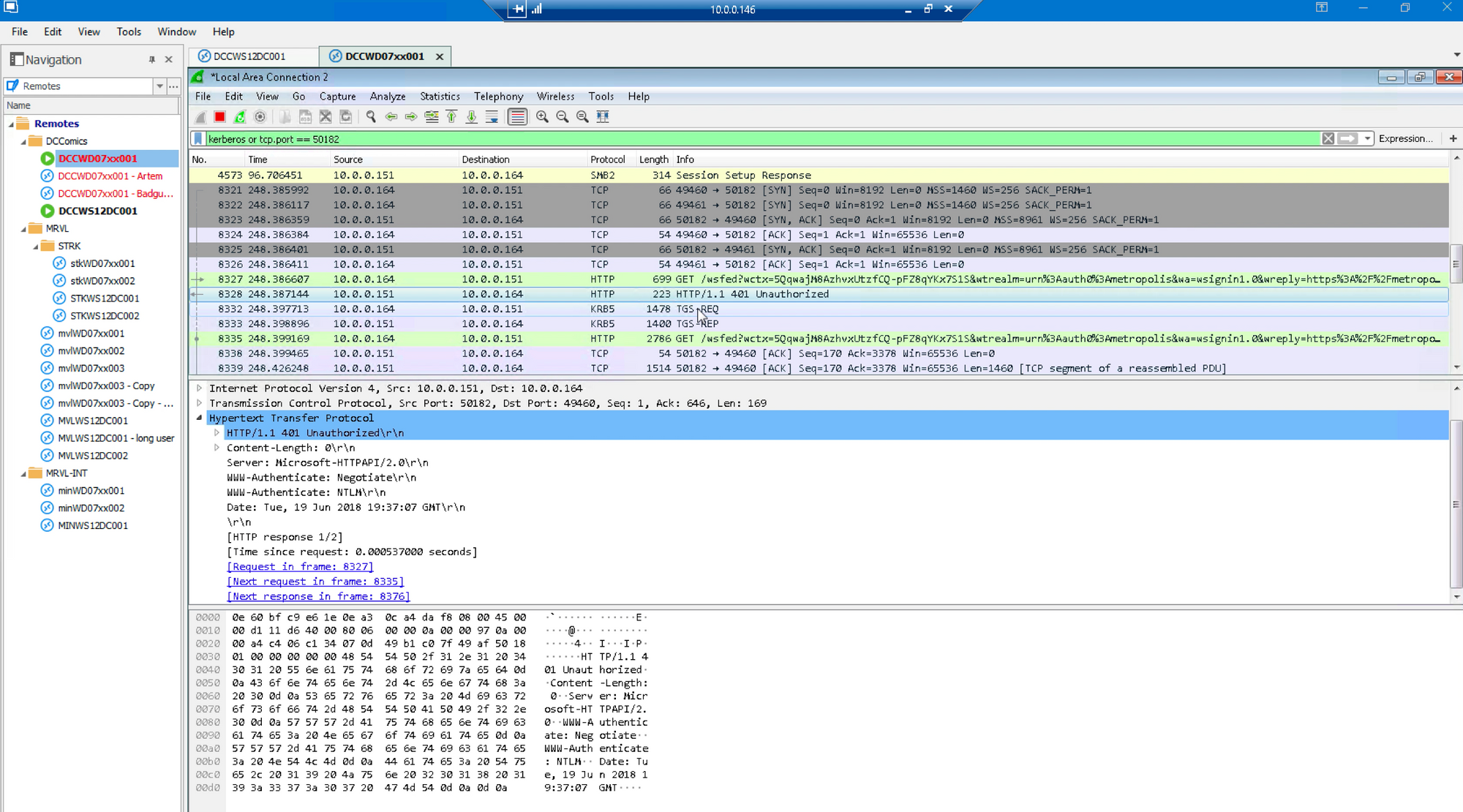

- Wireshark http user agent browser how to#
- Wireshark http user agent browser for mac os#
- Wireshark http user agent browser manual#
- Wireshark http user agent browser software#
Suppose you are using the Chrome browser but changed your user-agent to Internet Explorer 11. Web developers usually daily change the user-agent to check the progress of their website's behavior in different browsers and devices.įor switching the user agent, you can rely on a browser extension or you can use the developer console to manually change the user agent that your browser will send with its HTTP requests.
Wireshark http user agent browser for mac os#
For example, you are running a campaign for MAC OS, and you want to figure out that either the campaign is running correctly for MAC OS and not targeting the Linux users, changing the user-agent of the browser helps you in this regard. Sometimes, we need to test different things. Yes, you can change your user agent, and that process is called user-agent spoofing.

Wireshark http user agent browser how to#
How to identify "What's My User Agent" by using an online tool?Īs we discussed earlier, there is no standard way to write the user-agent string. The user-agent string usually helps in identifying the bots. For example, the webserver allows a particular bot to visit specific web pages, but it does not let another bot see any web pages. Web servers provide the bots unique treatments, require verifications, and give orders to various bots depending upon their programming by utilizing the robots.txt file. That data helps in gathering the market-share statistics of different browsers.

You may have seen this when accessing websites with a different language that is automatically translated. It automatically sends the correct translation of certain documents based on the language preference of the user. Once the user-agent passes its ID card to the web server, it provides the files, media, and scripts suitable for the particular user.įiguring the user-agent string is not only helpful to us but also for the providers. That lets the website serve its various versions depending upon the user-agent string. Once a connection between a browser and web server is established, the content negotiation begins. Some browsers stuff the user-agent header with a lot of information. However, there is no standard way to write the user-agent. User-agent is present in the HTTP headers when the browser wants to connect with the webserver.Įach bit of the user agent contains some detailed information.
Wireshark http user agent browser software#
In simple words, it's a string of text that is unique for each software or browser on the internet and holds the technical information about your device and operating system. I bet you are now thinking, "what's my user agent?" It's an intermediary or middle man between you and the internet world. Generally, when the browser wants to connect with any website's server, it first sends the user-agent info to make the connection. Browsers are the internet's need, equipped with loads of security policies, server agreements, and connectivity codes to run ideally. Without a browser, we cannot surf the internet. From our mobile devices to our smart homes, we are always connected to the internet.

But since the evaluation of the internet, now the browsers do that job automatically.Ĭurrently, there are more than 4.6 billion internet users in the world. The user had to send the instructions to communicate.
Wireshark http user agent browser manual#
In the back days, the internet was on a manual system based on commands. The User-Agent Information identifies your browser and operating system and their versions. The tool displays the string text your web browser sends in the "User-Agent" header in the HTTP requests.


 0 kommentar(er)
0 kommentar(er)
